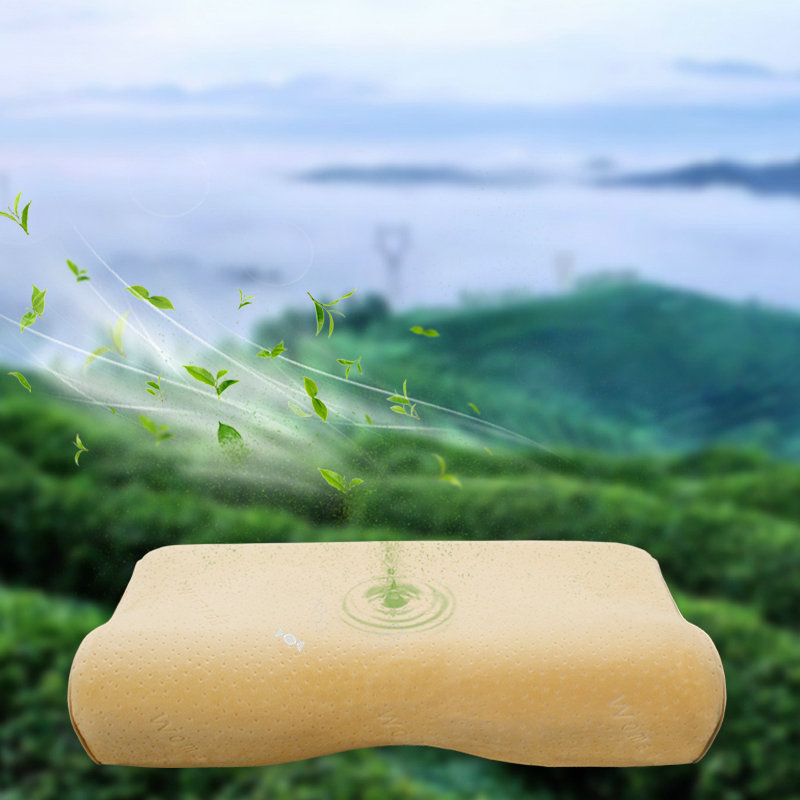The price variations among different foam pillow options can be attributed to several key factors, ranging from the type and quality of materials used to additional features and brand reputation. Here’s an in-depth look at these factors:
Type and Quality of Foam
Memory Foam vs. Standard Foam:Memory foam pillows tend to be more expensive due to their ability to conform to the shape of the head and neck, providing personalized support and pressure relief.
Standard polyurethane foam pillows are generally less expensive as they do not offer the same level of contouring and durability.
Latex Foam:Natural latex foam pillows are typically on the higher end of the price spectrum due to their durability, natural origin, and hypoallergenic properties.Synthetic latex pillows are usually cheaper but may not provide the same benefits as natural latex.
Foam Density:Higher density foam provides better support and durability, leading to higher costs. Low-density foam is less supportive and less durable, thus less expensive.
Special Features and Enhancements
Cooling Technologies:Foam pillows with integrated cooling gels, phase change materials, or enhanced ventilation channels tend to be more expensive due to the added materials and technology used to improve temperature regulation.
Adjustability:Pillows that allow for customization, such as adjustable fill levels or multiple layers for varying firmness, often come at a premium.
Infusions and Treatments:Foam pillows infused with materials like charcoal, aloe vera, or lavender for additional benefits such as odor control or relaxation effects can increase the price.

Certifications and Safety Standards
CertiPUR-US® Certification:Pillows certified to be free from harmful chemicals and low in VOC emissions generally command higher prices due to the rigorous testing and compliance with safety standards.
OEKO-TEX® Standard 100:Fabrics certified to be free from harmful substances can increase the cost of the pillow, reflecting a commitment to safety and environmental responsibility.
Manufacturing and Production Costs
Origin of Production:Pillows manufactured in regions with higher labor and production costs tend to be more expensive compared to those produced in regions with lower costs.
Production Techniques:Advanced production techniques and technologies, such as precision molding or eco-friendly manufacturing processes, can increase production costs and, consequently, the price of the pillow.
Package and Added Features
Extra Accessories:Some foam pillows come with additional features like travel cases, extra pillowcases, or storage bags, which can contribute to a higher price.
Packaging Quality:High-quality or environmentally friendly packaging solutions can add to the cost of the pillow.
The price variations among foam pillows are influenced by a combination of material quality, special features, manufacturing practices, brand reputation, and market dynamics. Consumers should consider these factors when evaluating the cost and value of different foam pillow options to find a product that meets their specific needs and preferences.











